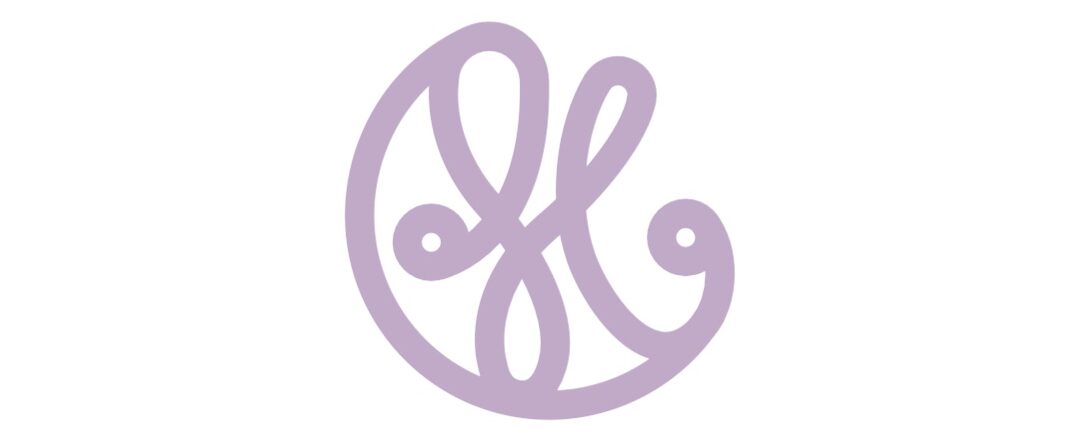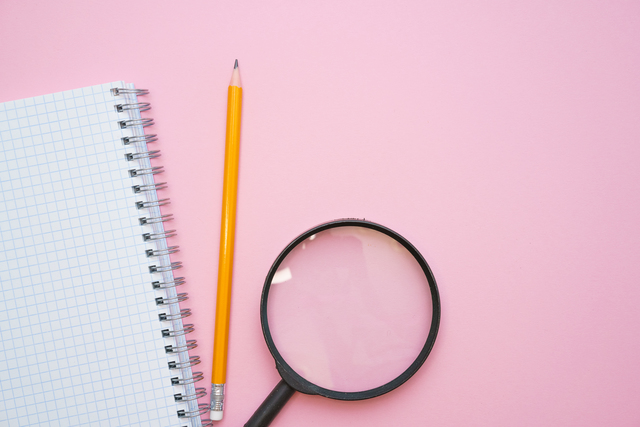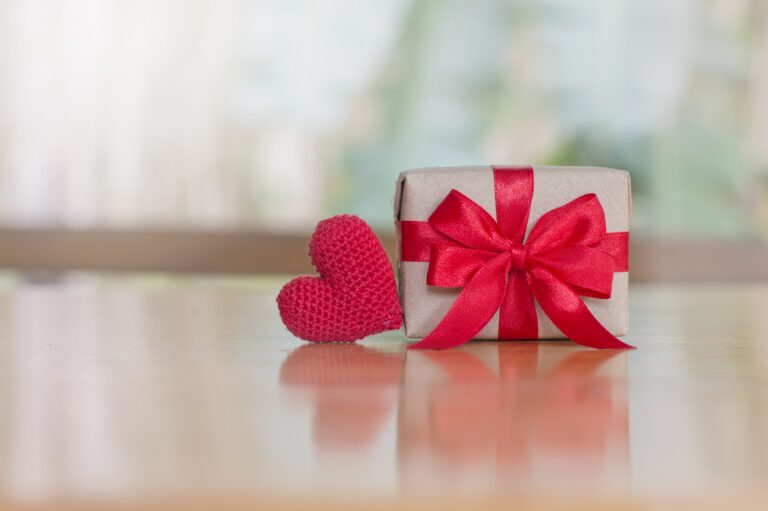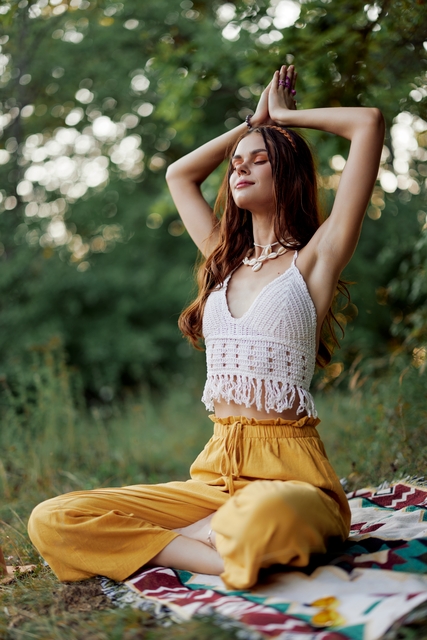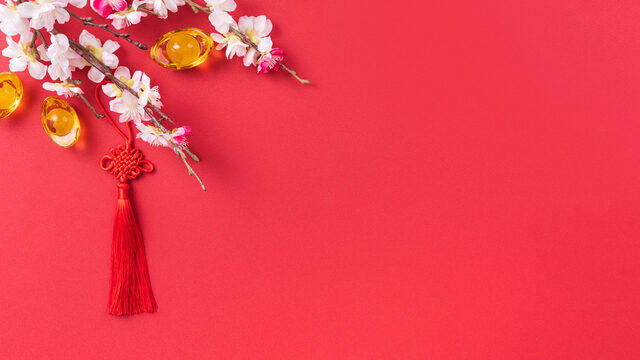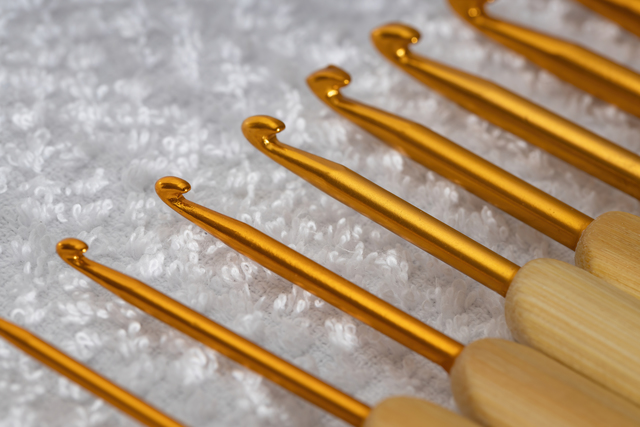Crochet Standard Terms
Learning new hobby can be quite intimidating. Especially if you don’t know the language. I’ll share with you a few of the most common crochet terms and explain what they mean. I wont be listing the type of stitch; because that will be tooooo many. In this post, i will walk you through the standard terms that you may come across when navigating through crochet world.
Crochet
Crochet is a type of handcrafting technique involving the use of a hooked needle to interlock loops of yarn, thread, or other materials in order to create cloth, garments and other fabric-based objects. It has been used for centuries around the world to create clothing, accessories, decorations and more. Crochet involves looping yarn to create a variety of stitches.
Yarn
Yarn can come in many different fibers, such as cotton, acrylic, wool and more. Yarn comes in a variety of weights, which refers to how thick or thin it is. Some popular yarns used for crochet projects are Lion Brand Yarn, Red Heart Super Saver and Caron Simply Soft.
Hook
Crochet hooks come in many different sizes and shapes. Hooks can be made of aluminum, plastic, bamboo or wood. Common hook sizes range from 4mm to 12mm, but some specialty patterns may require larger or smaller hooks.
Stitch
There are dozens of stitches used for crocheting, though the most common are single crochet, double crochet and treble crochet. Each of these stitches is created differently, but all involve looping a yarn over the hook before pulling it through one or more loops on the hook.
Gauge
Gauge refers to the size of the stitches produced when crocheting. A swatch, or sample piece of crochet work, is often created to determine the size of stitches being made. Knowing the gauge is important when working on any project as it will influence how much yarn and time are needed to finish it.
Patterns
Crochet patterns provide written instructions that detail the materials required, number of stitches and other notes to help create a unique piece of handcrafted work. Patterns can be found online, in magazines or books, and may include diagrams to help illustrate the design being created.
Projects
Crochet projects come in all shapes and sizes, from small items such as slippers or coasters to large pieces like blankets or sweaters. With an endless variety of colors and patterns, the possibilities are truly endless. No matter the project, crochet is sure to make it something special.
Tapestry Needle
A tapestry needle is a large-eyed blunt needle that’s often used in crochet projects. It’s typically made of plastic and comes with a pointed end so it can be threaded through stitches or fabric more easily. It can be used to weave in ends, attach embellishments and more.
Fringe
Fringe is a decorative finishing touch often added to crochet projects. This involves taking strands of yarn, folding them over and using a crochet hook or tapestry needle to pull the strand through a stitch. This can add texture, color and movement to a project.
Granny Square
The granny square is one of the most iconic and popular crochet stitches. This simple pattern typically involves rounds of alternating double and treble crochets, creating a square motif that can be used to make blankets, scarves or other projects. Granny squares are a great way to introduce yourself to the world of crochet.
Amigurumi
Amigurumi is a type of crochet project where yarn is used to create small, stuffed animals and other figures. This craft involves crocheting in the round, creating tight stitches that hold stuffing and shape the items. The finished pieces can be cute and cuddly, making them great gifts for friends or family.
Yarn over
Yarn over is a crochet term used when creating stitches. It involves bringing the yarn up and over the top of the hook, catching it at the back before pulling it through a loop on the hook. This technique can be used with single, double or treble crochet stitches to create different patterns and textures in projects.
Slip Knot
A slip knot is the first step when starting any crochet project. This simple knot creates a loop that can be pulled tight to secure the yarn onto the hook. The size of the loop determines how large or small each stitch will be, so it’s important to get this right before beginning your project.
Fasten Off
Fasten off is the last step of any crochet project. This involves cutting the yarn, leaving a tail to be woven in and using the hook to pull the remaining loop tightly through the stitch it’s on. This prevents stitches from unraveling, ensuring your project will stay secure.
Wrong side
The wrong side is the back of a crochet project. This usually looks different from the front and can be identified by looking at the stitches. For example, single crochets will appear as V-shapes on the right side and a series of horizontal bars on the wrong side. It’s important to pay attention to this when working on projects, as it can affect the overall look.
Weaving in Ends
Weaving in ends is an important step of any crochet project. This involves using a tapestry needle to conceal loose yarn tails within the stitches of the project. Doing this correctly helps to create a neat and secure finish that won’t unravel over time. It also helps to add strength and structure to the finished piece.
Magic ring
The magic ring is an alternative method to creating a slip knot. This method involves crocheting several stitches into a loop, which can be tightened by pulling the end of the yarn tail. It’s often used when making amigurumi or other projects worked in the round, as it can give you better control over how tight your starting ring is.
Blocking
Blocking is a finishing process often used in crochet projects. This involves using pins to hold the project in shape, then spraying it with water or steam. Blocking can help even out stitches, making them look neat and professional. It’s especially important when working on garments or accessories that need to fit a certain shape or size.
Unfinished object (UFO)
An unfinished object, or UFO, is a term used when talking about projects that have been started but never finished. These can be large or small, and are often found in the stash of any crocheter.
Work in progress (WIP)
A work in progress, or WIP, is a term used when talking about projects that are currently being worked on.
Swatch
A swatch is a small sample of crochet stitches that is used to test out yarn, hook size and stitch pattern. It’s important to always make a swatch before beginning any project, as this can help you determine if the yarn or hook size will work for what you’re making.
Place marker
A place marker is a type of stitch marker that can be used when crocheting in the round. It helps to keep track of where each round starts and ends, making it easier to count stitches as you work. Place markers usually come in the form of small plastic or metal rings, but any kind of item can be used as long as it won’t get caught in the stitches.
Increase/Decrease
An increase is when you add extra stitches to a row or round. This can be used to expand the size of a project, as well as create unique stitch patterns. A decrease is when you remove stitches from a row or round. This technique can be used to reduce the size of a project and shape pieces.

You should now have a firm understanding of the most important standard crochet terms. If you come across a term you’re not familiar with, be sure to look it up (I do!) so you can continue working on your projects with confidence. Do you have any other tips for beginners learning to crochet? Share them in the comments below!
